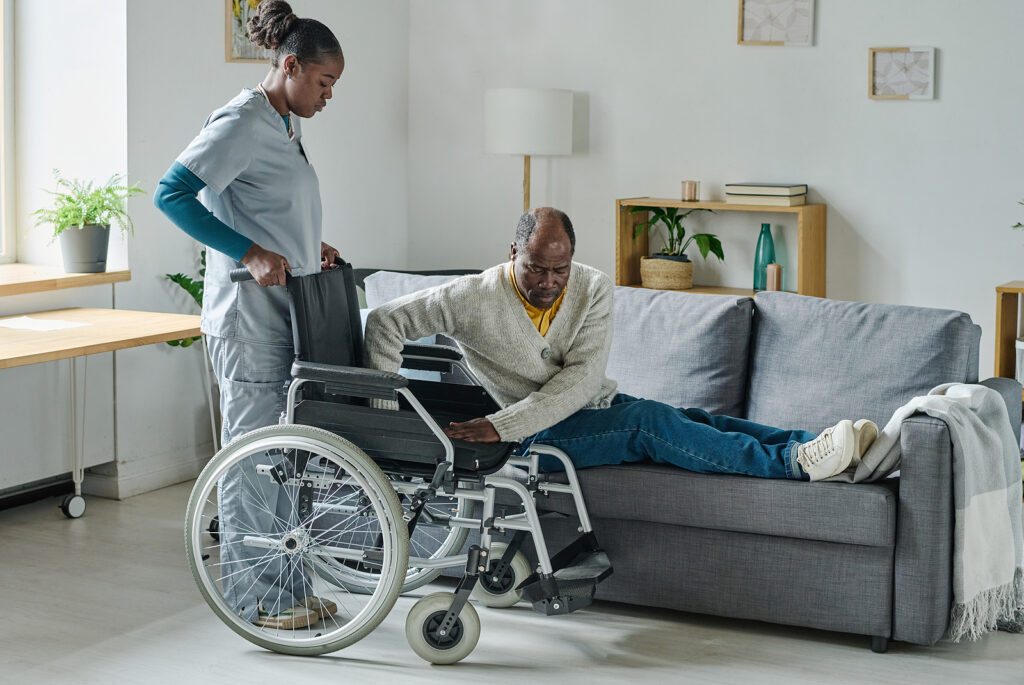For many people with mobility issue, disability bathroom installation is a key priority in their lives, enabling them to live more independent and dignified lives by being able to easily access facilities able-bodied people take for granted.
However, as many will know, a home not designed for those with mobility issues to enter in the first place is unlikely to be fitted with the right bathroom for their needs, whereas a dwelling that is designed that way will be.
The BBC has quizzed disability minster Tom Pursglove over this very issue. In London it is a requirement that ten per cent of all new homes built are equipped with wheelchair accessibility, but such quotas do not apply necessary and he was asked why this is.
He responded that ministers in various government departments are “looking carefully” at the issue, especially the Department of Levelling Up, and he is “building a greater understanding” of the issue himself.
While noting the raising of standards of disabled access in the new design standards and the potential of working “collaboratively” across government on issues such as this to find solutions, he also asked himself: “Is there more that we can do to encourage the builders of new properties to make improvements?”
This answer may indicate that consideration is at least being given to the matter of what more can be done, but it left a simple question that interviewer followed up with: why can’t the rest of the UK simply copy London’s ten per cent quota?
Mr Pursglove replied that he could not make a policy announcement on behalf of other departments live on air, but he would “take that away and have a look at it”.
The need is certainly a real one. In October, accessible homes firm Habinteg revealed that waits for wheelchair-accessible local authority housing are currently so long that some could end up waiting as long as 47 years.
Its research, based on Freedom of Information Requests made to 325 English councils, found there are 20,000 people waiting for wheelchair-accessible homes and 104,000 waiting for an ‘accessible or adaptable’ home.

